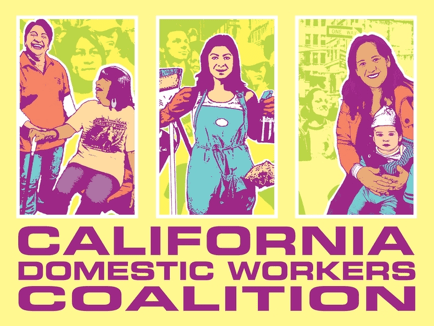KQED |
In 2017, about a week after the massive Tubbs wildfire destroyed parts of Santa Rosa, house cleaner Socorro Diaz got a call from one of her clients. They asked her to work at their home, which was still standing next to incinerated buildings in the Fountaingrove neighborhood.
When Diaz arrived, she found the house full of ash. She said she didn’t have a proper mask or gloves to clean what she would soon realize was toxic residue. And after days of handling and breathing it in, her skin itched, her head hurt and her nose bled.
“The sensation of the air, of breathing, hurt inside my nose,” said Diaz, 42, a mother of three children. “The smell was toxic, harmful, and I didn’t really have the right equipment.”
Under state labor law, employers of domestic service workers are not required to provide equipment or other conditions for a safe workplace, as is the case in other industries. That’s because household domestic service is not legally considered a form of “employment” — a remnant of slavery and sexist policies, according to historians. But stories like Diaz’s propelled a multiyear effort to gain full protections for this workforce, estimated at more than 358,000 people (PDF), most of whom are immigrant women of color.
Now, California has issued new voluntary industry guidelines for people who employ domestic workers, to prevent injuries and illness. Worker advocates say it’s a critical step to eventually end the exclusion of cleaners, nannies, home care aides and day laborers — who work in over 2 million California households (PDF) — from bedrock workplace regulations.
The safety guidance (PDF), published on Jan. 20, is the first in the nation to specifically cover the home as a workplace, say occupational health and safety experts.
